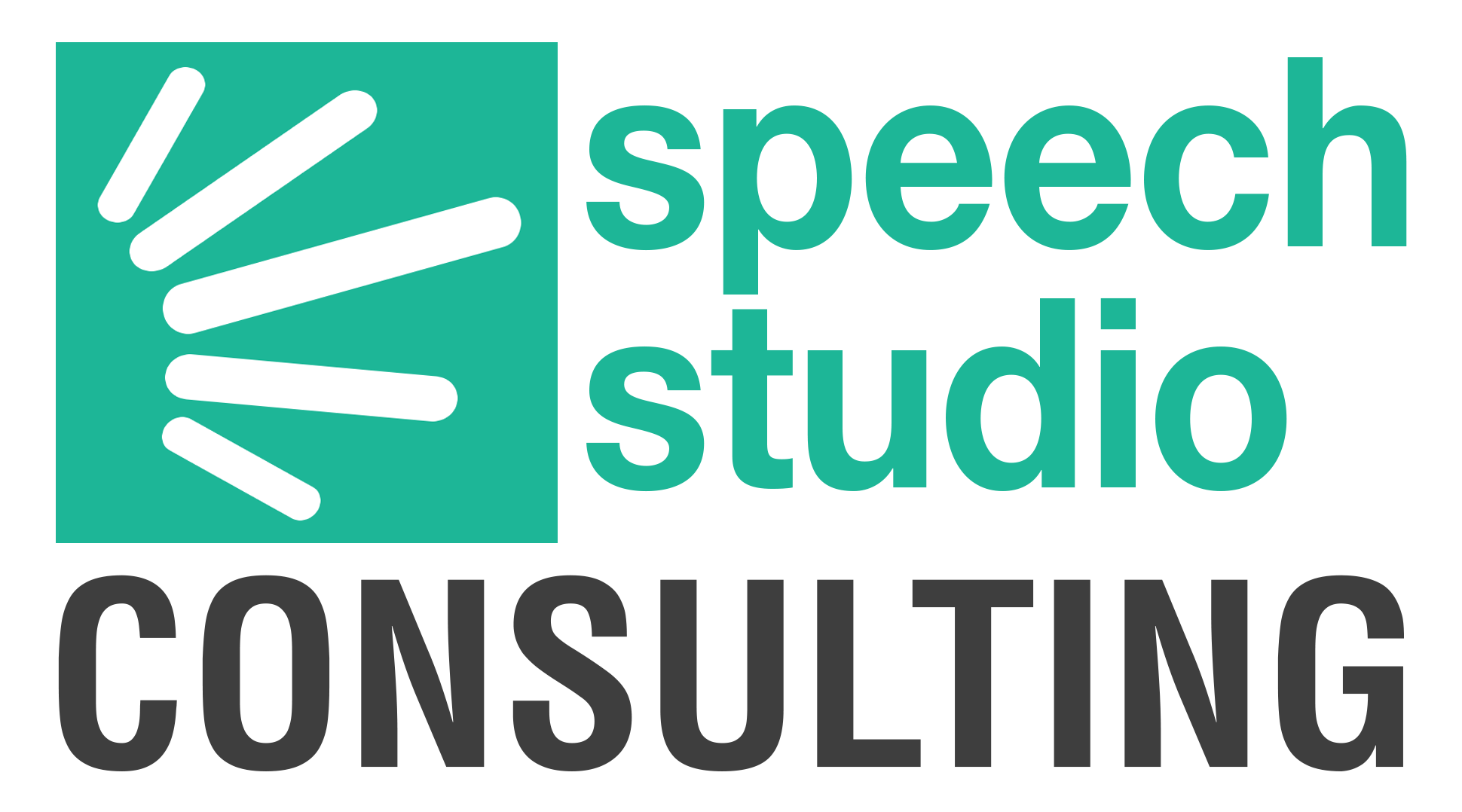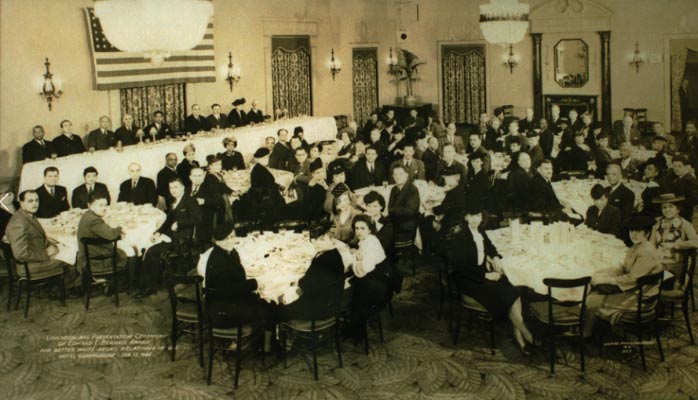by
_____
Interview with Shelley Spector, Founder of The Museum of Public Relations at Baruch College, New York City.
Dana: You founded the museum in 1997 and then last year moved into a space at Baruch College in New York City. What’s your motivation for starting this museum? Why do we need a museum of PR?
Shelley: I think it’s important that we understand the evolution of the field and the ways it has shaped our history. Most PR practitioners have very little understanding of why and how modern PR began. Maybe they’ve heard of Arthur Page, Edward Bernays or Ivy Lee, but they have no sense of the groundbreaking things they did. And there are very few publicly available documents or records of the early days of PR, so it’s hard for people to get a sense of our beginnings.
Dana: The museum is an outgrowth of your personal relationship with Edward Bernays. Can you tell us about that?
Shelley: Yes, my husband Barry and met him in 1985, when he was 94, and stayed friends until his death in 1995. The first time we went up to visit him in Cambridge, in early 1986, we lugged all our video recording equipment, set up the camera and just let the tape roll. We wanted to capture him as he was. The first interview we did was in his back yard.
Dana: What was that like?
Shelley: Listening to him was mesmerizing because he knew so many important people. And we interviewed him about all his iconic campaigns – bacon and eggs, ivory soap, Torches of Freedom. And afterwards I said to him, “Do you want to see this interview?” Turns out he had never seen himself on camera. He didn’t have a VCR, of course. So we went down to Crazy Eddie’s in Harvard Square and I saw there was about a hundred TV monitors on the walls. Imagine this – Bernays has never seen himself on TV, so I said to the guy, “This is a very famous person. He’s 94 and he’s never seen himself on TV. Do you think we can just pop this in and let him watch?” He said sure, and suddenly every TV in Crazy Eddie’s had Bernays’ face on it. And there he was talking about working with Calvin Coolidge, and Woodrow Wilson and all these people from the early part of the century. The store was filled with students, and they all came over and started talking to him. And we realized we’ve got to keep interviewing this guy.
Dana: So you kept going back?
Shelley: Yes. Barry and I started going up there three or four times a year and we videotaped him every time we visited. Today we have more than 100 hours of footage.
He was 103 when he died. And these are the only existing tapes of Bernays. So now any time a TV program or film producer is doing a story on Betrays and the PR field, they come to us to see the footage.
Dana: And the museum, how did that come about?
Shelley: It was his idea. He had a vast collection of papers and memorabilia from his many years in the profession. The first floor of his house was lined with bookcases filled with old and important books, many of them from turn-of-the century social scientists who influenced his thinking. On the walls of his study were about 250 original photos and letters going back to the early 1900s – Sigmund Freud, Thomas Edison, Henry Ford, Thomas Edison, Calvin Coolidge, Eleanor Roosevelt. Bernays would walk around the room talking about all these people he knew and worked with, and you’d get goose bumps. So one day I said to him, “What are you going to do with all this stuff? It’s all so precious.” And he looked around and said, “Frankly, I’d like to build a museum of public relations.”
Dana: So you took up the challenge?
Shelley: Yes. After he died two years later we were invited by the family to come up to Cambridge to collect some pieces to start the museum. We walked around the house alongside the librarian in charge of the Bernays collection at the Library of Congress. The Library of Congress already had 800 boxes of Bernays papers. She had first dibs on the materials, of course, and we got the leftovers – but the leftovers were great. We, loaded up a truck and brought everything back to New York. And it’s now all at Baruch College. It’s a terrific selection of first-edition books, photos and other historical items that give a great sense of the early days of public relations.
Dana: Tell us about the connection between Bernays and his uncle, Sigmund Freud?
Shelley: Bernays was actually the double nephew of Freud. Bernays’ mother was Sigmund Freud’s sister. Bernays’ father’s sister was marred to Freud. So he grew up hearing about Uncle Siggie his whole childhood. He and his family would take annual trips to the Alps and spend time with Freud. So the influence that Freud had on him was profound. When Freud was running out of money in the 1920’s in Europe because of inflation, Bernays said, “Why don’t I get your books sold over here?” And Freud said, “Americans will never buy into this psychoanalysis thing. I don’t think anybody’s going to be interested.” Betrays found a translator for the books, and sure enough, Freud became a big hit over here – thanks to his publicity agent nephew.
Dana: How would you describe the influence Freud had on his nephew?
Shelley: Bernays was heavily influenced by Freud’s ideas and the thinking of the time. Not surprisingly, he would talk a lot about the subconscious and how to appeal to people’s underlying desires and aspirations. In those days, the common way to sell products was by talking about consumer ‘need’ – not ‘want’. Bernays was the first in this field to do research into people’s motivations – what made them tick, what influenced them. He took the new theories of crowd psychology developed by the social scientists of the time—like Gustave LeBon—and applied them to his campaigns. In fact, he defines PR not as a communications activity, but as a social science not unlike social psychology or anthropology. He also believed that public relations-type activities were deeply rooted in our lives as human beings, that it started when our ancestors drew on cave walls to tell a story. What Bernays did was give it more professionalism. He coined the phrase “counsel of public relations” and provided its first definition in 1923 in his book, Crystallizing Public Opinion. It was the first book to lay out the principles, ethics and social science foundations of the modern PR practice. He eventually wrote nearly a dozen books on the field – far more than any other PR professional. Most are still considered classics. He also contributed scores of articles to scholarly journals covering politics, opinion research, sociology and international business.
Dana: And do you have any personal artifacts from Bernays?
Shelley: Yes we have a lot: his oil portrait, souvenirs from the Lights Golden Jubilee, a Western Union call box, letters and photos. We have original published writings from his wife and business partner, Doris Fleischman, including one-of-a-kind newsletters she wrote for clients. We even have his “In Box” from his desk, as it was found after his death, filled with his papers. We have a stapler in the shape of a banana, from his work with the United Fruit Company. It’s especially important to show these things to kids. They’re in a totally different world today. They’ve never seen a typewriter – at least not a manual one, or even a rotary phone. When they visit the museum I talk about PR before the Internet, something they can hardly imagine. I tell them about the derivation of cc’s – carbon copies. I tell them about the candlestick phone used in Bernays’ early days- there’s nothing to punch in. You had to pick it up and speak to the operator and say who you wanted to talk to. If you wanted to share pictures with someone you couldn’t just email or text them – you had to have the film developed send it by mail. We have a telegram from Western Union – these kids have never seen a telegram before. I tell them it’s something like twitter. We have an AP teletype machine – dated July 1969 reporting on the lunar landing and Chappaquiddick. These kids are in a totally different world. It’s important for them to understand how things were before the Internet.
Dana: In addition to the Bernays material, I know you’ve continued to add to the collection. What else do you have?
Shelley: We have lots of newer additions, including material from various social movements—such as women’s suffrage and civil rights. We have 675 books—the largest collection of PR books in the world. Some go back to the 1880s. We also have newspapers from the 18th and 19th century. We have an extensive collection of photos documenting historical moments such as the Light’s Golden Jubilee, Carl Byoir in World War I, Ivy Lee, Paul Garrett and Arthur Page. We have speeches Bernays wrote for Eleanor Roosevelt—with her own edit marks. Letters by Thomas Edison and Henry Luce. Most spectacularly, we have the first press release announcing the formation of the National Organization of Women, written in 1966 by Muriel Fox, the PR director. It’s the original. You can see her edit marks.
Dana: Do you have materials related to speechwriting and executive communications?
Shelley: We have a lot of speeches. Back then speeches were printed – not in newspapers but as pamphlets. We have speeches by Woodrow Wilson on the verge of WWI. We have speeches by Herbert Hoover talking about the Depression. We also have a printed speech by Paul Garrett, GM’s VP of public relations. It’s great to be able to look back at these speeches that were milestones in our history. They tell an important story.
Dana: Aside from students and academics doing research, who else is the museum reaching?
Shelley: We have a very active Facebook page. It’s one of the top Facebook destinations in public relations. We have nearly 4, 800 followers from 60 countries, mostly students. For instance, we have 80 students from Vietnam. Like most countries in the developing world, they don’t really have a history of PR, so they’re learning from us. There are professors in many countries who use our Facebook posts and the museum’s web site as teaching materials. Obviously there’s a need for an international resource to not only educate these students, but to help them to find community with other students and practitioners all over the world.
Dana: Are you open to organizations who might want to donate their papers and memorabilia to you? And what kinds of things would you be interested in?
Shelley: Yes we’re looking to corporations for photos, documents, artifacts—any materials that could tell the stories about their own corporate PR histories. Also any individuals with old books, papers or memorabilia that would be considered historically significant – we’d love to have them. And as a 501 c3 educational institution, we would certainly welcome any grants or sponsorships.
Dana: I’m sure Bernays would be pleased with what you’ve created.
Shelley: Thank you. I think he would be happy to see how today’s young professionals are finally getting the chance to see the roots of our field first-hand, instead of just reading about it in a textbook. I think the museum makes our history come alive for them, and gives them a much deeper and broader view of the field as it was originally intended to be practiced.
Shelley Spector is Founder of The Museum of Public Relations and President of Spector & Associates.
© Copyright 2015
________________________________
Want to talk? Reach me at dana@danarubin.com

